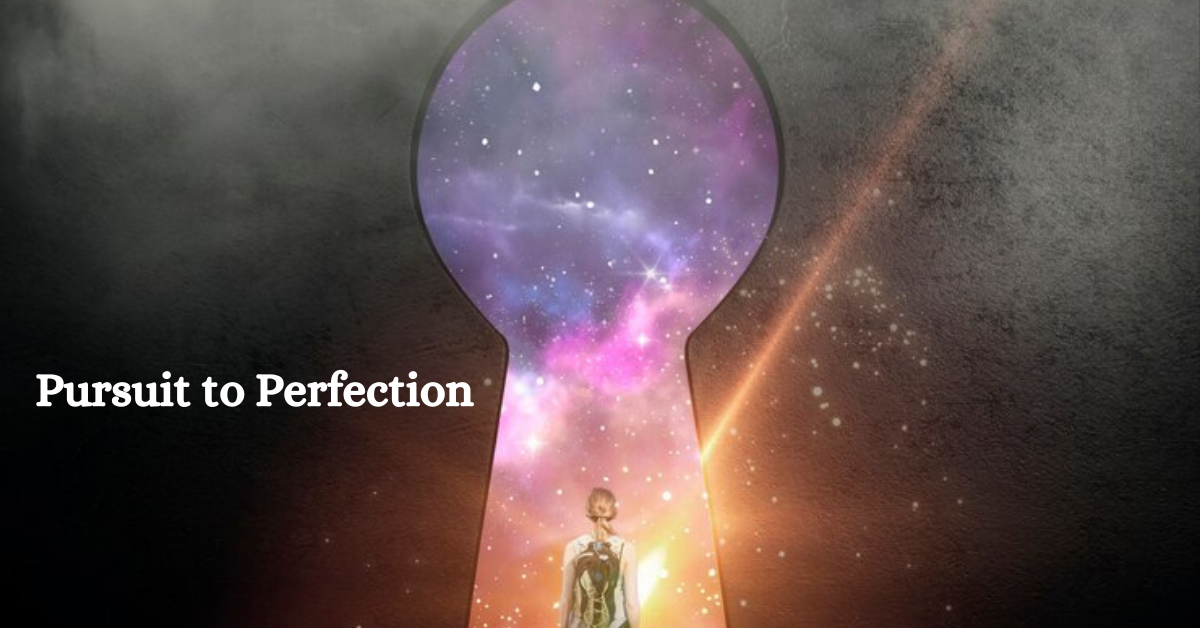Introduction
Perfection has long been a sought-after ideal, inspiring humanity to strive for excellence. Whether it’s in personal growth, professional achievements, or creative endeavors, the pursuit to perfection reflects a universal desire to transcend limitations and achieve the extraordinary. But what does perfection truly mean, and how can one pursue it effectively?
In this article, we’ll explore the philosophy, strategies, and practical applications of striving for perfection. Backed by actionable insights and a comparison chart, this guide will help you harness the power of continuous improvement in your journey toward excellence.
Understanding Perfection: Myth or Reality?
The concept of perfection often seems unattainable, yet it serves as a powerful motivator. Philosophers and psychologists agree that perfection is less about flawlessness and more about the process of striving for improvement.
- Philosophical Perspective: Aristotle described perfection as achieving one’s purpose, aligning actions with one’s true potential.
- Modern Psychology: Today, psychologists distinguish between healthy perfectionism, which fuels growth, and maladaptive perfectionism, which can lead to burnout and anxiety.
Key Insight: Redefining perfection as progress rather than an endpoint makes the pursuit more achievable and fulfilling.
The Science Behind the Pursuit of Perfection
1. The Growth Mindset
Dr. Carol Dweck’s research on the growth mindset highlights the importance of believing in one’s ability to improve. A growth mindset encourages individuals to view challenges as opportunities rather than obstacles.
2. Kaizen: The Japanese Philosophy of Continuous Improvement
Kaizen emphasizes small, consistent changes that lead to significant improvements over time. Businesses like Toyota have used Kaizen to achieve operational excellence, proving its value in both personal and professional settings.
3. Neuroplasticity: Rewiring the Brain
Advances in neuroscience show that the brain can adapt and grow through intentional practice, making the pursuit of perfection a matter of consistent effort rather than inherent talent.
Practical Strategies for Pursuing Perfection
1. Set SMART Goals
- Specific: Define clear objectives.
- Measurable: Track progress with metrics.
- Achievable: Set realistic expectations.
- Relevant: Align goals with your values.
- Time-bound: Establish deadlines for accountability.
2. Embrace Feedback
Constructive criticism offers valuable insights for improvement. Cultivating a mindset that welcomes feedback accelerates growth.
3. Practice Deliberately
Quality trumps quantity. Focused, intentional practice with a clear purpose yields better results than repetitive, mindless efforts.
4. Prioritize Resilience
Failures are inevitable, but resilience turns setbacks into stepping stones. Develop emotional agility to stay motivated during challenging times.
Pursuit to Perfection in Different Domains
1. Personal Development
- Cultivate habits that promote mental and physical well-being, such as mindfulness and regular exercise.
- Focus on lifelong learning to enhance skills and knowledge.
2. Professional Excellence
- Invest in skill-building through workshops and certifications.
- Network with industry leaders to gain insights and inspiration.
3. Creative Expression
- Experiment with different techniques to discover your unique style.
- Accept imperfections as part of the creative process.
Comparison Chart: Perfectionism vs. Excellence
| Aspect | Perfectionism | Excellence |
|---|---|---|
| Definition | Striving for flawlessness | Striving for the best possible outcome |
| Mindset | All-or-nothing approach | Growth-oriented approach |
| Emotional Impact | Leads to stress, burnout, and dissatisfaction | Fosters motivation, fulfillment, and progress |
| Focus | Avoiding mistakes | Learning from mistakes |
| Outcome | Often unrealistic and unsustainable | Realistic and sustainable |
The Role of Technology in the Pursuit of Perfection
Modern tools and technologies have made the pursuit of perfection more attainable:
- AI and Automation: Streamline repetitive tasks, allowing for greater focus on creativity and strategy.
- Analytics and Metrics: Track progress and identify areas for improvement.
- E-Learning Platforms: Access resources and courses to enhance skills anytime, anywhere.
Balancing Ambition and Contentment
While striving for perfection is admirable, it’s essential to balance ambition with contentment. Acknowledge your achievements, celebrate milestones, and practice gratitude to avoid burnout.
Tip: Reflect regularly on your journey to appreciate how far you’ve come, rather than solely focusing on what’s left to achieve.
Conclusion
The pursuit to perfection is not about reaching an unattainable ideal but about committing to continuous improvement. By adopting a growth mindset, leveraging proven strategies, and maintaining balance, you can unlock your potential and achieve excellence in every aspect of life.
As you embark on your journey, remember that perfection is not a destination but a mindset—an ever-evolving process that brings out the best in you. Start today, and let every step bring you closer to your vision of perfection.

